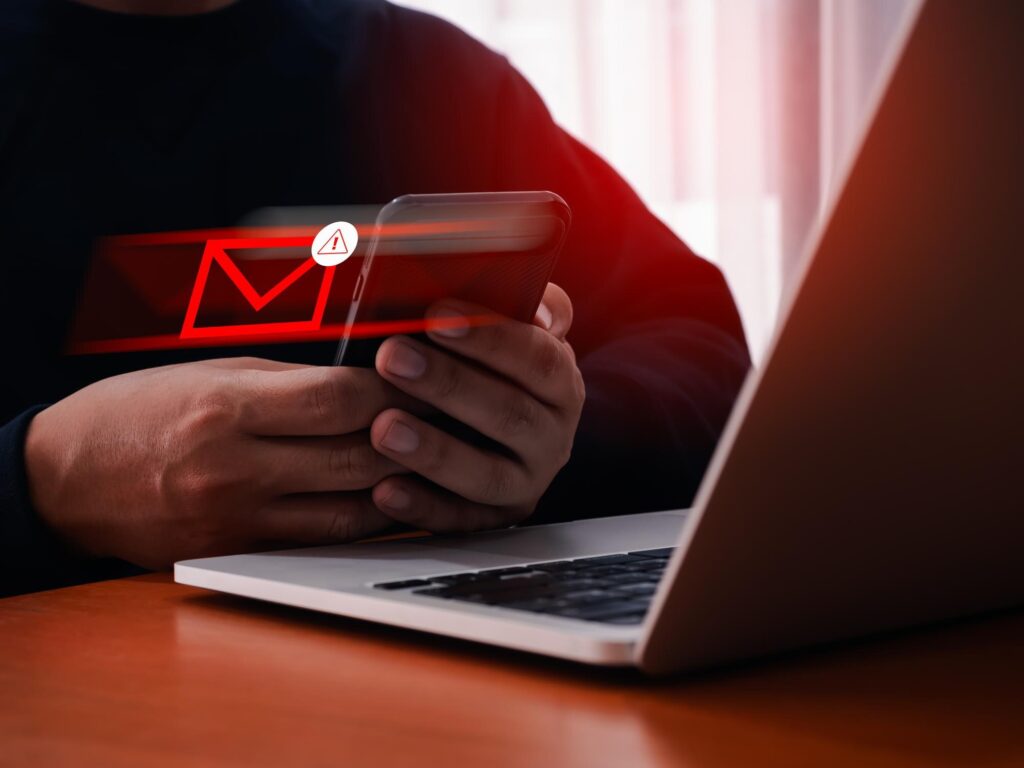Constantly switching between personal, professional, and project-specific email signatures can be a minor annoyance—especially when you manage multiple accounts or roles. By automating signature selection based on sender, recipient, or context, you eliminate manual errors and ensure every message carries the right branding and disclaimers. In this guide, you’ll discover lifehacks for organizing signature templates, configuring rule-based assignments in popular email clients, leveraging lightweight scripts or add-ins for advanced scenarios, and maintaining consistency across devices. With these techniques, your outgoing mail will always display the perfect signature—effortlessly.
Organize Your Signature Templates

Begin by crafting a library of standardized signature templates. Create clear, descriptive filenames—like Work_Default, ProjectX_Update, Personal_Casual, and Legal_Disclaimer—so you can identify them quickly. Each template should include your name, title or role, contact details, and any relevant branding elements (logo, social links, legal footers). Store these templates in a dedicated folder or in your email client’s signature manager. For cross-platform consistency, use a simple HTML or plain-text format rather than proprietary rich-text documents. By centralizing and naming your templates thoughtfully, you lay the groundwork for reliable, predictable signature automation.
Leverage Built-In Client Rules
Many modern email clients support rules that can automatically insert signatures. In Microsoft Outlook, for instance, you can define multiple signatures and then use “Mail Rules” to apply a specific signature when sending from a particular account or replying to messages with certain keywords in the subject or recipient address. Apple Mail lets you assign signatures per account and offers rules to choose among them. In Gmail, you can set up multiple “Templates” and then use the “Canned Responses” feature within filters—triggered by sender or recipient patterns—to append the desired template. These built-in rule engines let you automate most common scenarios without additional tools.
Use Add-Ins and Extensions for Advanced Scenarios
For more sophisticated automation—such as switching signatures based on mailing lists, department codes in addresses, or even time of day—consider lightweight add-ins or browser extensions. Outlook users can install signature-management tools like Exclaimer or CodeTwo, which integrate with Exchange or Office 365 to enforce organization-wide policies. On Gmail, extensions like WiseStamp or Gmelius let you build dynamic signatures and tie them to custom triggers. These services often include user-friendly rule builders that react to recipient domains, message categories, or header values. By extending your client’s native capabilities, you can handle complex workflows—such as adding a “Project Steering Committee” signature when emailing @steering.example.com.
Script Signature Changes for Custom Workflows
If you prefer a DIY approach or need cross-client consistency, create a simple script that swaps signature files automatically. For example, on macOS or Linux, a bash script can detect your active email account (e.g., by reading environment variables or checking which account is selected in your client) and then overwrite the default signature file with the appropriate template from your library. On Windows, PowerShell can manipulate Outlook’s signature XML files before sending. Trigger these scripts via hotkeys, shell aliases, or automation tools like Keyboard Maestro or AutoHotkey. While this method requires a bit more setup, it gives you complete control over how and when signatures change.
Maintain and Audit Your Signature System

Automation is only as reliable as its upkeep. Schedule a quarterly review of your signature templates to update contact info, branding, or legal requirements. Test each rule and script by sending to test accounts that cover all your use cases—personal, work, and project domains. Log when signatures are applied (many add-ins offer audit trails) so you can spot any misfires, such as the wrong signature on an external message. Finally, back up your template folder and client settings so you can restore them quickly on a new machine or after reinstalling your email software. By embedding these maintenance lifehacks into your routine, you’ll ensure your automated signatures remain accurate, consistent, and professional at all times.

Leave a Reply